

Long-Lasting Eyeshadow Primer (24m)
₦2,300.00
Long-Lasting Eyeshadow Primer (24m) 1. Description
A long‑wear eyeshadow primer is a cosmetic base formulated to be applied to the eyelids before eyeshadow. Its core purpose is to help your eyeshadow:
adhere better to the lid surface
appear more vibrant and true‑to‑pan
last longer (through hours of wear, heat, humidity, oil)
resist creasing, fading, smudging.
Such primers are especially useful for oily eyelids, humid climates, events where you’ll be out for many hours, or bold/bright eye looks that you don’t want to fade.
In many markets you’ll see terms like “long‑lasting”, “24h wear”, “no‑crease” associated with such primers.
2. Format
Usually comes in a small tube/tub or pot format (~5‑15 ml typical size for primers).
The texture might be cream, liquid, or gel. Some have a sponge‐applicator tip (for convenience on eyelids) like the Maybelline “Master Prime Long‑Lasting Eyeshadow Primer”.
Packaging: typically labelled specifically for eyelids/eyeshadow base, rather than face primer.
Application: you apply a thin layer to the eyelid (clean, dry) before eyeshadow, then follow with your eyeshadow.
3. Sensory Profile
Feel & texture:
When applied, the primer should feel lightweight (not heavy or cakey) and may have a slightly “tacky” finish to help eyeshadow adhere and stay put.
Some formulas may have matte finish, some may have slight tint (nude/beige) to even out the lid tone.
Visual / Performance effects:
Eyeshadow applied over a good primer appears more vibrant, smooth, and even. The primer helps fill fine lines and smooth the lid surface.
Wear performance: good primers help eyeshadow resist creasing and fading, especially on oily/sebum‐rich eyelids.
Some users report an extension of wear from a typical 3‑4 h to 8+ hours or full day when using a primer. For example:
“I cannot for the life of me keep my eyeshadow from creasing!! … With primer, it lasts all day!”
Limitations / things to watch:
If too thickly applied, it might cause eyeshadow to look uneven or crack.
On very dry or textured lids, some primers might emphasize lines if not blended well.
Some formulas may not be fully “24h” in extreme conditions (very oily lids, high humidity) despite label claims.
4. Wears & Suggestion
When to use:
Use whenever you plan to wear eyeshadow for long hours—work days, weddings, events, hot or humid climates, oily eyelids.
Also helpful if you use bold/bright eyeshadow or shimmer/glitter finishes, which are more prone to fallout or fading.
Who it suits:
Especially beneficial for people with oily eyelids, hooded eyelids, long hours outside, or special occasion makeup.
If you rarely wear eyeshadow or only do simple lids and remove makeup soon, you might not need a primer but you’ll still benefit.
If you have very dry eyelids and minimal makeup, weight of primer could matter—choose a lightweight version.
Application suggestions:
Start with clean, dry eyelids (no excess oil or moisturizer right on top).
Apply a thin layer of the primer to the entire lid (from lash line to brow bone if you apply shadow there).
Allow the primer to set for ~30‑60 seconds (or as the instructions say) so it forms the base. Some articles recommend doing your complexion or brows while it sets.
Then apply your eyeshadow as usual.
If you have very oily lids, you might lightly set the primer with a translucent powder before applying eyeshadow to enhance longevity.
Pairing / styling tips:
If you’re using glitter or shimmer shadows: primer is even more “must have” to reduce fallout and increase adhesion.
For hot/humid climates (like Lagos): saving a touch‑up powder or blotting sheet helps if lid oil builds up.
For very bold or colourful looks: using primer lets your eyeshadow show true colour and appear more vibrant.
5. Helpful Tips
Buying & what to look for:
Check for terms like “long‑wear”, “24h”, “no‑crease”, “smudge‑proof”, “oil control”.
Consider your skin type: if you have oily lids, look for “mattifying” or “oil‑control” in the formula.
If you have sensitive eyes or wear contacts: check that it is ophthalmologist‑tested or safe for contact wearers (some listings mention this).
Price: primers can range widely; choose one from a reputable brand or trusted seller to avoid expired or compromised product.
Storage & shelf life: keep lid closed, store in cool/dry place, avoid heat/humidity. Note: Some users say gel primers may dry out or thicken with time.
Usage & maintenance tips:
Less is more: applying a thin, even layer is better than a thick glob; too much can interfere with blending.
Clean your brushes/applicators often to avoid transferring oil/residue onto the primed lid.
Clarify your eyelids occasionally (especially if you use heavy makeup daily) because oil/buildup can reduce the effectiveness of any primer.
If you notice that your eyeshadow still creases or fades early despite primer, look at your entire routine: the shadow formula, eyelid oil, setting spray/powder, and environment. A primer helps but isn’t the only factor.
Potential drawbacks:
If you have very dry eyelids, some primers might feel slightly drying or emphasize texture.
If you don’t use eyeshadow often or only for short durations, you might not notice much difference vs skipping primer.
Some formulas (especially cheaper ones) may not deliver full “all‑day” wear on extremely oily lids / extreme conditions.
Removing your makeup: Because long‑wear primer + shadow adhere more strongly, ensure you use a good makeup remover (eye safe) to avoid tugging the delicate lid skin.

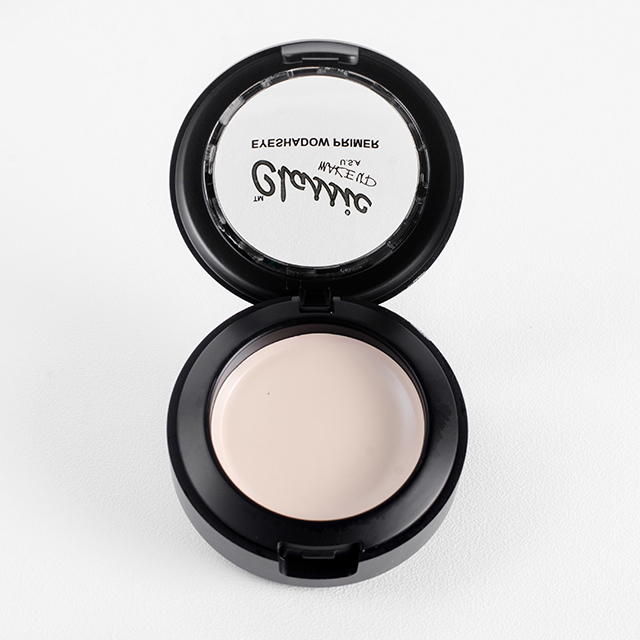
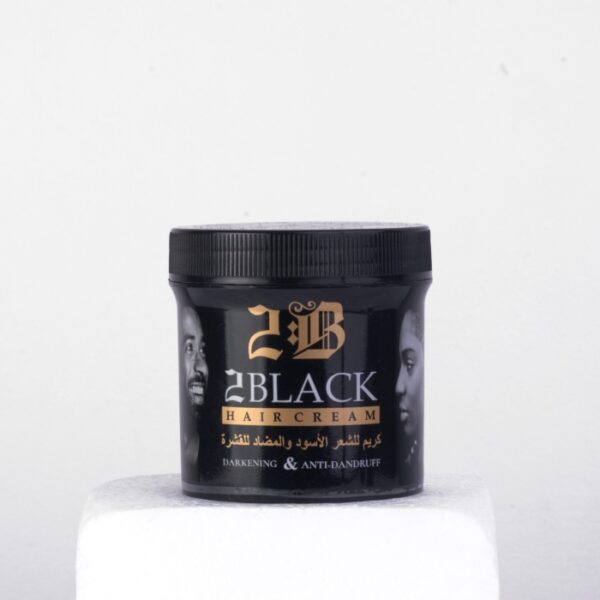

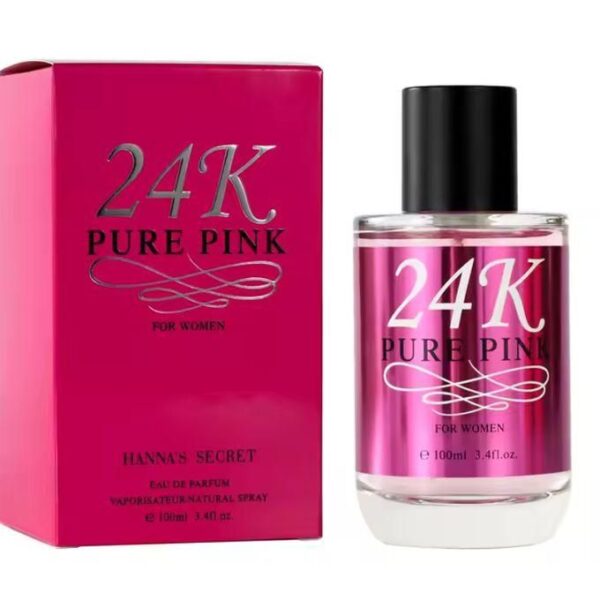
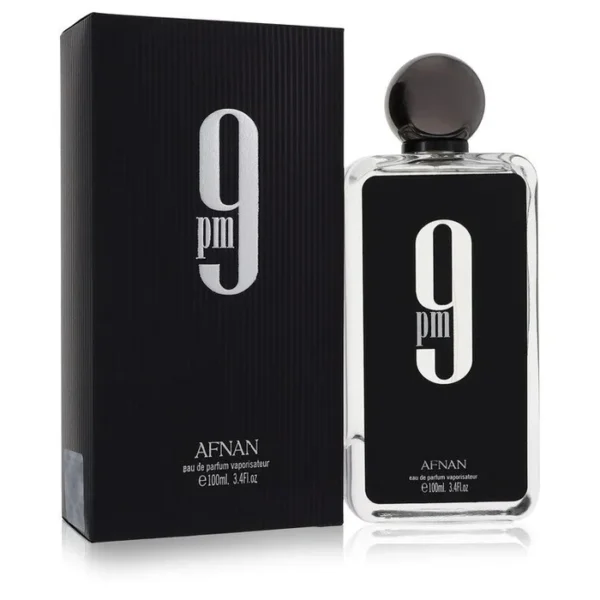
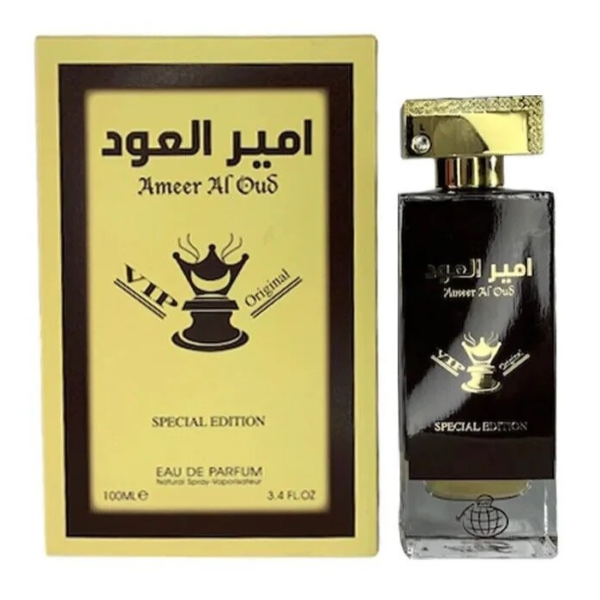
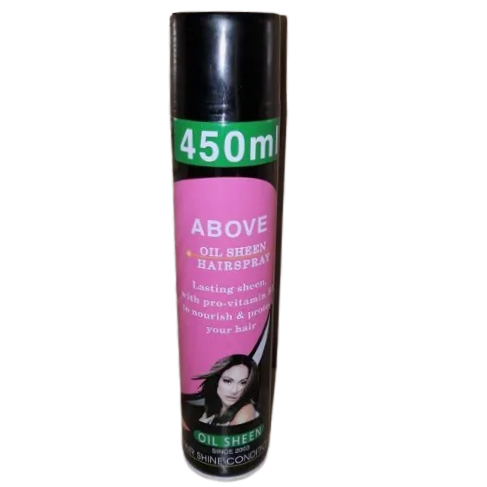









 Body Care
Body Care



